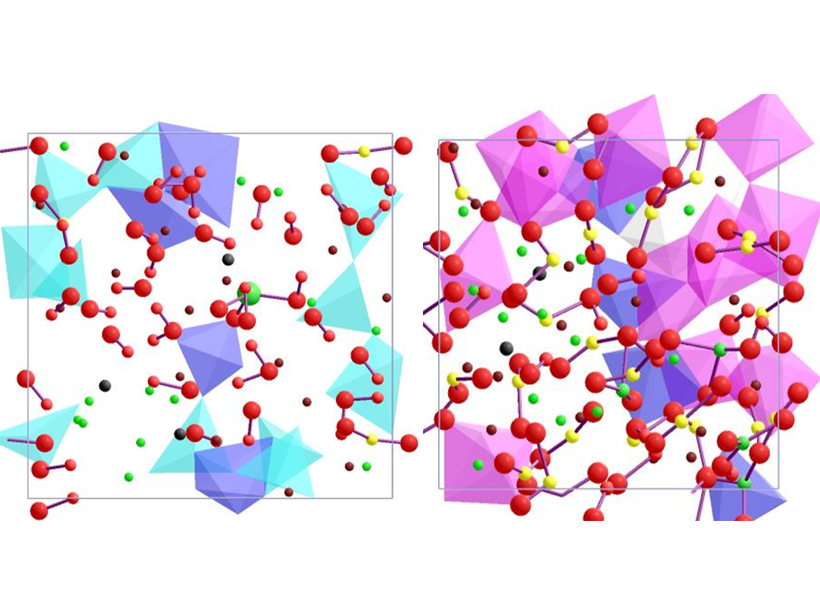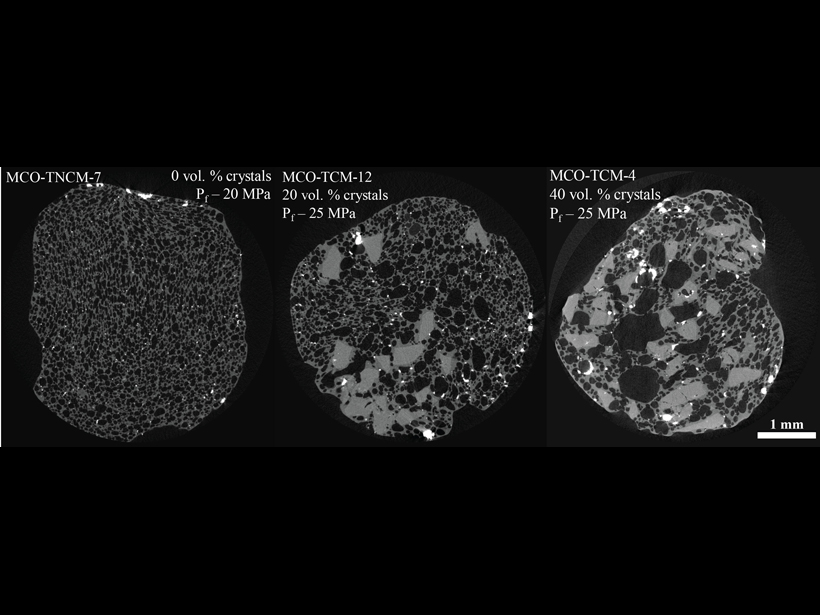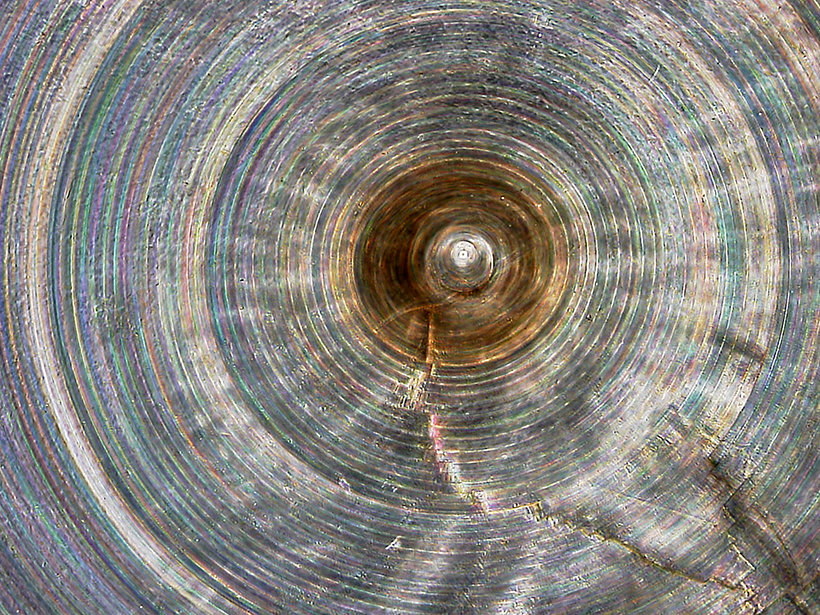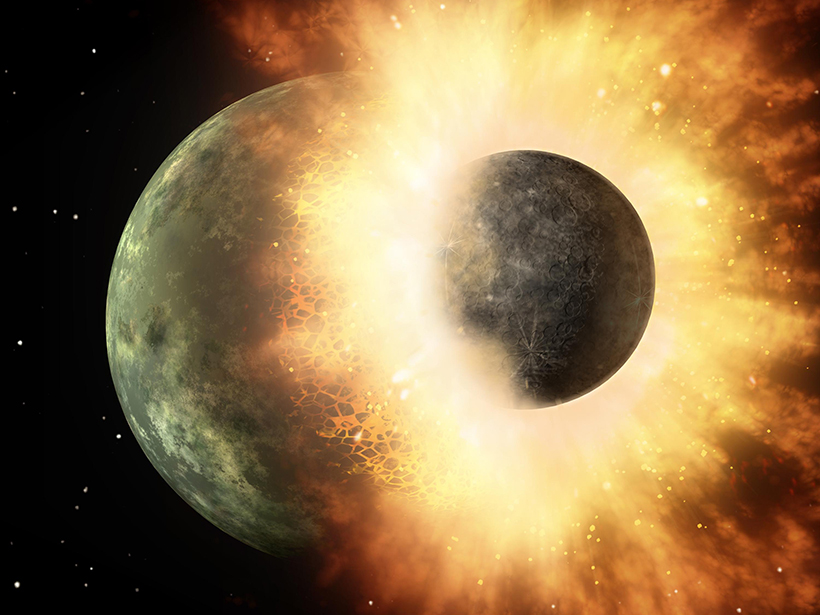Scientists engineer a way to layer materials to boost efficiency without interrupting manufacturing processes.
silicon & silica
State-of-the-Art Technology, Serendipity, and Secrets of Stonehenge
The first comprehensive analysis of what the sarsen stones are made of came about with new technology—and good old-fashioned luck.
New Recognition for Major Players in the Ocean’s Silicon Cycle
Tiny, shelled protists known as Rhizaria may be responsible for up to one fifth of the total amount of silica produced by the world’s oceanic organisms.
Hiding Deep Hydrous Melts at the Core-Mantle Boundary
Silicate melts containing H2O in the lowermost mantle are surprisingly dense and may stagnate there, trapping primordial volatiles and potentially causing some of the ultra-low velocity zones.
Crystals Connect Bubbles in Explosive Magmas
Hydrous silica-rich magmas can degas through connected bubble pathways when as little as 20% crystals are present, influencing transitions from explosive, Vulcanian-style eruptions to lava effusion.
The Tiny Organisms That Transport Silica Across Earth’s Oceans
Phaeodarians play a major role in marine nutrient cycle.
One of World’s Oldest Animals Records Ocean Climate Change
Researchers probe millennia-old deep-ocean sponges for links between ocean nutrients and climate.
Accounting for the Missing Silica in the Marine Sediment Cycle
Cosmogenic silicon-based estimates of the amount of biogenic silica stored in clays along continental margins could explain the large discrepancy in the nutrient’s global marine budget.
New Insight into Silica Explains Planetary Smashup
A better equation of state for silica will help planetary scientists accurately constrain the giant impacts that have shaped our solar system.
Probing Exoplanet Interiors Through Lab Simulations
Laser-driven experiments on silica help scientists learn more about planetary formation and evolution.









